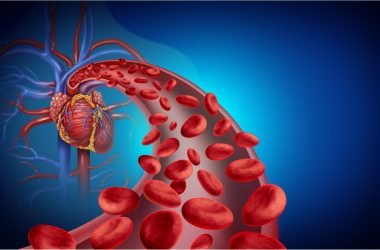Introduction
Even though we may want our hair to stay on our head only, it tends to grow on other body parts too! Right from our arms to legs to back, it can pop up anywhere. Even nipples are not spared. Some women may have very fine and barely noticeable hair, others may have coarser or darker hair. While there are laser treatment and electrolysis to remove hair around nipples, they are not always pocket-friendly. So, the good news is we are telling you how to remove nipple hair.
Why do I get hair around my nipples?
The presence of hair around the nipples in some women is relatively common and usually not a cause for concern. Nipple hair can start appearing in women when they reach puberty, which typically occurs between the ages of 8 and 13. The amount and thickness of nipple hair can vary widely among women.
Common Causes of Hairy Nipples
- Hormonal fluctuations: When women hit puberty or are pregnant or enter the menopause phase, they experience hormonal changes that can stimulate hair growth in various areas of the body, including the nipples.
- Genetics: Genetic predisposition plays a significant role in determining where hair grows on the body. If your family members have nipple hair, you may be more likely to have it as well.
- Polycystic Ovary Syndrome (PCOS): PCOS is a hormonal disorder that can lead to increased androgens in the body, potentially resulting in excess hair growth, including around the nipples.
- Age: As women age, they may experience hormonal changes as well as changes in hair growth patterns, including the development of nipple hair.
Tips to remove hair around nipples
If you’re looking to remove hair around the nipples, it’s important to be cautious and choose methods that are gentle on the sensitive skin in this area.
1. Trimming
You can use small scissors or a specialized trimmer to carefully trim the hair around your nipples to a shorter length. This is not a long-term solution, but it can help to manage the hair without removing it completely.
2. Shaving
Shaving is an option, but it’s important to be extremely gentle and use a sharp and clean razor. Apply a moisturizing shaving cream or gel to reduce skin irritation. When you shave, do it in the direction of hair growth to minimize the risk of ingrown hairs.
3. Tweezing
Tweezing is a method to pluck your hair one by one. It can be effective for removing hair around the nipples, but it may be time-consuming, uncomfortable, or even painful.
4. Waxing
You can use wax strips designed for sensitive areas to remove hair. Be cautious and follow the instructions carefully to avoid excessive pulling or irritation. If you experience severe pain, prolonged redness, swelling, or any other unusual symptoms after waxing, consult a dermatologist.
5. Depilatory creams
Some depilatory creams are formulated for sensitive areas. You can apply a small amount of it to the hair around the nipples then gently wipe it away with a cloth or sponge. Make sure not to get them on the nipple itself and just focus on the surrounding hair.
Before trying these methods, do a patch test on a small area of skin to check for allergies or adverse reactions.
Are hairy nipples a sign of something serious?
While hair on the breast is usually benign, your nipples should be checked by a doctor if you notice other symptoms too. Sudden changes in the amount or thickness of nipple hair, along with other breast-related symptoms such as nipple discharge, pain, changes in the skin texture or color, or the development of lumps or masses in the breast area, could be indicative of underlying medical conditions. If you have a family history of breast cancer or other breast-related conditions, it’s good to have regular check-ups and discuss any changes with a doctor.









